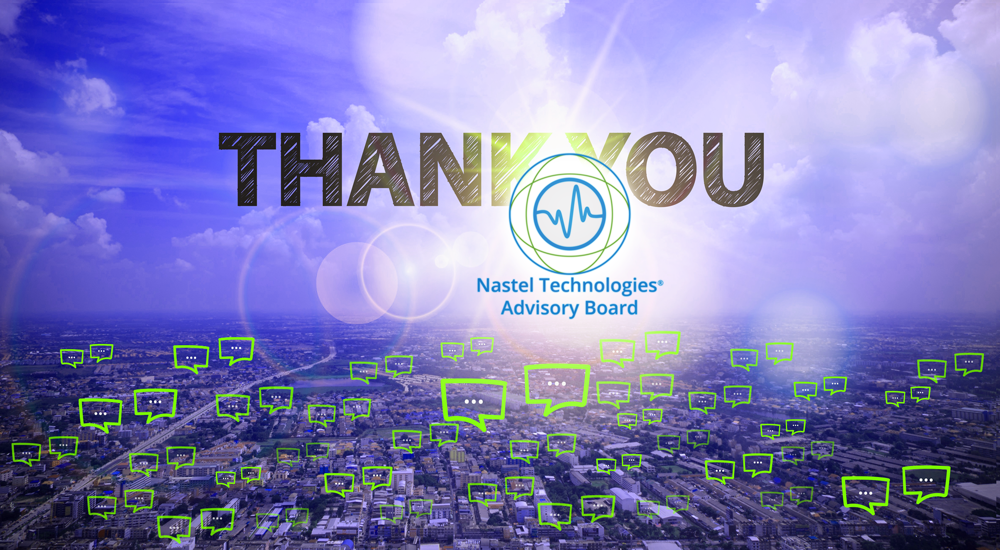First, let’s address the question of “What is TIBCO EMS?”. TIBCO Enterprise Message Service (EMS) is designed to bring together computing services and assets in order to reduce the cost, time investment, and effort of integrating disparate services across cloud and locally based platforms.









